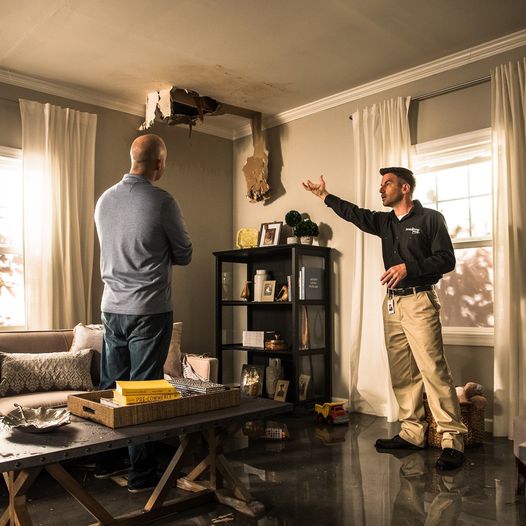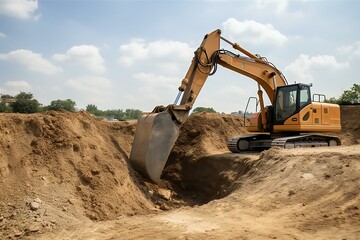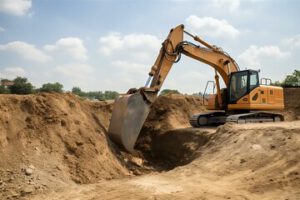Incense has been used for centuries as a part of religious rites and spiritual practices. It can help to ease anxiety, aid relaxation, and carry you off into a peaceful sleep.
Different types of incense include sticks, cones, and powder. Sticks and cones are direct burning whereas the powder requires charcoal to burn.
Whether for religious or spiritual practices or simply to enhance a room’s fragrance, incense is a staple of many cultures. The aroma of the smoke is thought to cleanse the air, eliminate bad odors, and bring peace of mind to those in close proximity. Incense is made from a variety of plant materials, including various resins, tree bark, roots, and a wide range of flowers. Some popular scents include sandalwood, nag champa, and frankincense.
While it is true that incense does purify the air, it also releases toxic chemicals into the atmosphere and can cause respiratory problems. Just like secondhand smoke, incense smoke pollutants can affect a person’s health, including increased risks of cancer, if inhaled for extended periods of time.
The fumes released by burning incense contain particulate matter, volatile organic compounds and other chemical compounds. These pollutants can cause respiratory conditions, such as bronchitis and emphysema. Additionally, inhaling incense smoke can trigger allergic reactions, such as dermatitis and contact urticaria.
Depending on the ingredients used in incense, it can be beneficial or detrimental to a person’s health. The best way to avoid inhaling harmful chemicals is to only burn high-quality incense that is free of synthetic fragrances and fillers.
Alternatives to incense for air purification include scented candles and essential oil diffusers that use natural oils instead of chemicals. In addition, houseplants are another great option for removing pollutants from the air. Plants such as bromeliad, dracaena and spider plants remove toxins from the air and add a pleasant smell to the home.
To purify the air with incense, light a stick and blow out the flame. Then, blow on the stick to create a small cloud of smoke. Alternatively, you can wave the incense around a room to disperse the smoke. If you are trying to protect yourself or a space, focus on your intention and visualize a protective shield around you. Then, express gratitude for the protection you have invoked. You can repeat this ritual daily to maintain a positive energy flow.
It Induces Relaxation
The use of aromatherapy is known to reduce stress and promote relaxation. There are a variety of natural substances that can have this effect, including herbs and flowers. Inhaling the scents emitted from burning incense can help to ease anxiety and tension. This is particularly true for calming, soothing scents such as lavender and sage. These scents can also help to stimulate the brain and promote mental focus. For meditators, this can be an excellent way to relax into your practice and focus on your breath and body sensations.
In fact, many people use incense to prepare for a meditation session. This is because calming, soothing scents can help to soothe the mind and prepare it for quiet contemplation. You can even find incense sticks that are specifically designed to induce a meditative state. These incense sticks have been designed to burn slowly and emit a very pleasant aroma.
It’s also important to keep in mind that inhaling smoke from burning incense can be a health hazard, so make sure you only meditate with it in a well-ventilated area. You should never smoke in the same room where small children or pets may be. Also, don’t place the incense directly on combustible materials like wood or paper. It’s best to use incense in a container that can be snuffled out easily, or a bowl of sand that can contain the ember and ash once it’s burned down.
While it’s a good idea to use incense when practicing meditation, it is essential to choose quality incense products. Low-quality incense often contains toxins and chemicals that can be harmful to your health. Look for incense that lists the ingredients and avoids synthetic fragrances. You can find a wide variety of incense products that are natural, organic and non-toxic. Some of these can be used to cure various ailments, ease anxiety, promote sleep and more. They can be an excellent alternative to pharmaceutical medications, which often have many unwanted side effects. They are also more cost-effective than buying scented candles and air fresheners that contain synthetic ingredients.
It Sets the Atmosphere
The scent of incense can instantly transform a room and set the mood. The subtle yet evocative aroma has a strong influence over the human mind and emotions, which is why people have been burning incense sticks for centuries. It is one of the most ancient forms of spiritual practice and has long been used for a wide range of religious, aesthetic, and practical purposes. The calming and tranquillity associated with the scent can encourage relaxation, aid sleep, boost concentration, stimulate creativity, elevate sexual desire, and more. It is also a popular way to create a more inviting home environment and to set the mood for meditative and spiritual practices.
Incense is made of various herbs, spices, flowers, resins, roots, and woods. Most of these ingredients have specific attributes and are associated with certain seasons, elements, astrological signs, healing properties, and more. This makes incense an integral part of many cultures and a very versatile tool to have around the home or office.
A typical stick incense stick consists of a bamboo stick that provides support and structure, a paste of fragrant materials, and a perfumed wax or glue to hold everything together. The binders are typically derived from natural products such as plant or tree bark, and the fragrant ingredients may be ground, crushed, shredded, dried, mixed, or blended. Many Arabian incenses, such as bukhoor, are made using this method, while Japan has a long tradition of kneaded incense called neriko and awaseko.
Once everything is mixed and ready to go, the incense paste is shaped into sticks, coils, or coreless sticks. Then the wax or glue is dipped into a mixture of aromatic oils and perfumes to give it its distinctive fragrance. When the incense is lit and burned, it emits smoke that curls into a trail and drifts upward. It’s a beautiful sight to behold, and focusing on watching the trails will help you to slow down and focus your attention. As the smoke rises, let your thoughts come and go while you enjoy the different patterns that it takes as it moves through the air.
It Eliminates Negative Energy
It is important to clear your space of negative energy, and incense can help. Certain incense like frankincense and myrrh resins can ward off bad spirits, evil and other energies. It can also help cleanse you and your aura. It is recommended to use incense for protection at least once a day. This practice is most effective in the mornings when the air is cleanest and the sun is still rising.
Burning incense can also boost your mood and improve your mental function. According to a study published in the journal Physiological Anthropology, smelling certain incense aromas elicit positive emotions like relaxation and well-being. Some incense such as lavender is known to soothe the mind and body, reducing stress and anxiety. The incense can also promote healing and spiritual growth.
When burning incense, choose the type that is suited to your intentions. For example, sage is great for cleansing and purification and frankincense is great for healing. These properties are also present in other popular incense such as lavender and chamomile. Similarly, camphor is extremely protective and helps to clear away negative energies very quickly. It is commonly used in Hindu religious ceremonies and rituals, as well as during times of emotional upheaval such as death of a loved one or relationship break-up.
Lastly, you can even use incense for meditation and mindfulness. The soothing and calming scent can help you relax and focus your attention on your breathing, the sounds of nature or the thoughts and feelings that are causing you to feel stressed out.
It’s important to be aware of how you’re burning your incense and to take precautions when using it around children and pets. Some studies have found that inhaling incense smoke may increase the risk of asthma and other respiratory issues. But the results from these studies are conflicting and more research is needed in this area to confirm these findings.
It’s also a good idea to be careful with the amount of incense you’re burning in any given space, especially when it’s close to sleeping areas. Putting too much incense near your bed can disrupt the flow of your sleep and cause an overabundance of negative energy.




 A good grading contractor can help you with this by creating slopes that are the right height for your project. They may use benching if the slope angle or soil type prevents sloping.
A good grading contractor can help you with this by creating slopes that are the right height for your project. They may use benching if the slope angle or soil type prevents sloping.